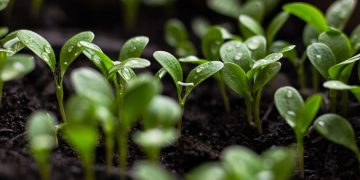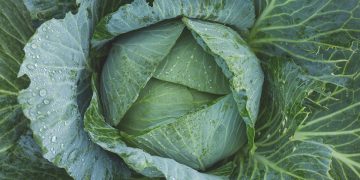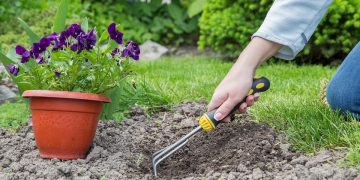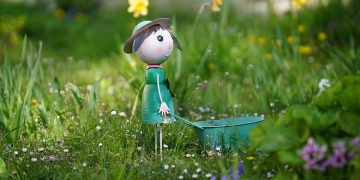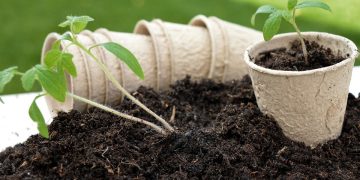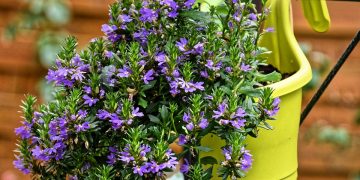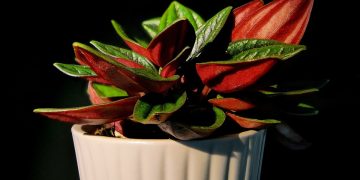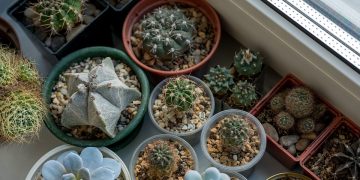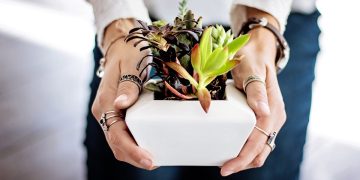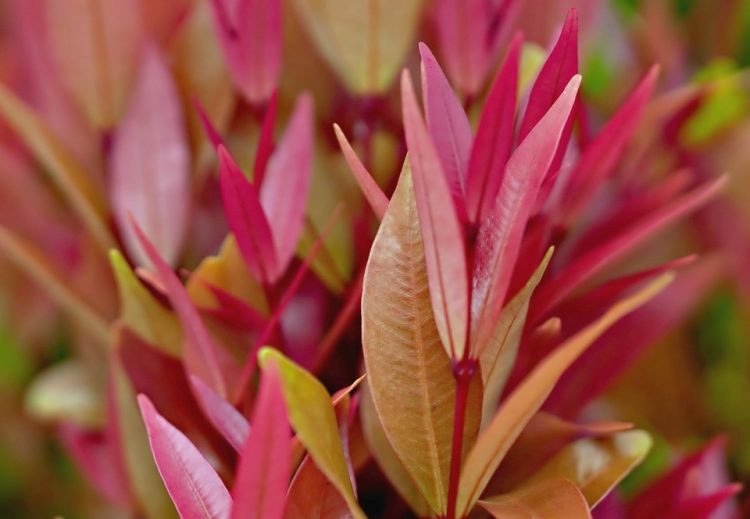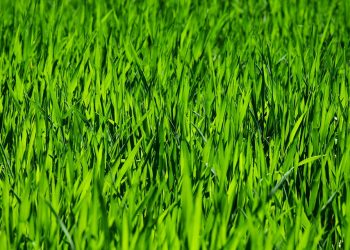The Art of Watering: A Guide to Nurturing Your Plants for Vibrant Growth
Introduction
Watering is one of the most important aspects of plant care. Proper watering techniques can make a significant difference in the health and growth of your plants. In this guide, we will explore the art of watering and provide you with tips and tricks to help your plants thrive.
Why Watering Matters
Water is essential for plant growth as it helps transport nutrients throughout the plant and aids in photosynthesis. Without an adequate water supply, plants can wilt, become stunted, or even die. Proper watering is crucial to ensure that your plants are healthy and vibrant.
How to Water Your Plants
When it comes to watering your plants, there are a few key things to keep in mind. Here are some tips to help you water your plants effectively:
1. Watering Frequency
It’s important to water your plants regularly, but not excessively. Overwatering can lead to root rot and other problems, while underwatering can cause wilting and stunted growth. To determine how often to water your plants, check the soil moisture level by sticking your finger into the soil. If it feels dry, it’s time to water.
2. Watering Technique
When watering your plants, aim to water the roots rather than the foliage. This will help prevent diseases and ensure that the water reaches the plant’s roots where it’s needed most. Use a watering can or hose with a nozzle to control the flow of water and avoid splashing.
3. Watering Time
Water your plants early in the morning or late in the evening when temperatures are cooler. This will help prevent evaporation and ensure that the water has time to penetrate the soil before the sun comes out. Avoid watering during the hottest part of the day to reduce stress on the plants.
Signs of Overwatering and Underwatering
It’s important to be able to recognize the signs of overwatering and underwatering in your plants. Here are some common signs to look out for:
Overwatering
– Yellowing or wilting leaves
– Mold or mildew on the soil
– Root rot
– Fungus gnats
Underwatering
– Wilting or drooping leaves
– Dry, crispy leaves
– Slow growth
– Leaf drop
Watering Tips for Different Types of Plants
Not all plants have the same watering needs. Here are some general guidelines for watering different types of plants:
1. Succulents
Succulents prefer to dry out between waterings, so be sure to let the soil dry out completely before watering again. Water sparingly, as overwatering can cause root rot.
2. Tropical Plants
Tropical plants like to be kept consistently moist, but not waterlogged. Water when the top inch of soil feels dry to the touch.
3. Cacti
Cacti are desert plants that require very little water. Water sparingly, allowing the soil to dry out completely between waterings.
Conclusion
Watering is an essential part of plant care that can make a significant impact on the health and growth of your plants. By following the tips and techniques outlined in this guide, you can ensure that your plants are healthy, vibrant, and thriving. Remember to pay attention to the signs of overwatering and underwatering, and adjust your watering routine accordingly. With proper watering, your plants will flourish and bring beauty to your home or garden.




